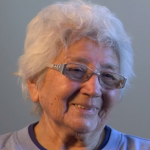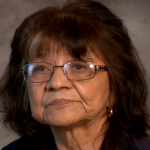Learning Question Pages for classroom use:
Click on each title below to find interviews accompanied by “Learn About” and “Learn From” questions for use in classrooms, in small groups or for deeper personal exploration of each video. Not all videos are accompanied by questions.
 Pehin Hanska: Song & Translation by Earl Bullhead
Pehin Hanska: Song & Translation by Earl Bullhead
 Developing Native Writers with Lowell Amiotte
Developing Native Writers with Lowell Amiotte
 Iktomi Stories with Vernon Ashley
Iktomi Stories with Vernon Ashley
Story: How the Wood Duck Got His Red Eyes with Vernon Ashley
 David Bald Eagle's Military Service in WWII
David Bald Eagle's Military Service in WWII
David Bald Eagle Tells of His Grandfathers & Crazy Horse
 “Black Kettle” with Waylon Black Crow NEW!
“Black Kettle” with Waylon Black Crow NEW!
 Song: “Come Home” with Sidney Byrd
Song: “Come Home” with Sidney Byrd
Song: “How Rabbit Lost His Tail” with Sidney Byrd
Lakota Name for the “White Man” with Sidney Byrd
The Story of Wounded Knee with Sidney Byrd
 Being Able to Listen with Stephanie Charging Eagle
Being Able to Listen with Stephanie Charging Eagle
 The Story of Iktome & the Ducks with Janet Claymore Ross
The Story of Iktome & the Ducks with Janet Claymore Ross
 Appreciating Multiple Versions of Stories with Jace DeCory
Appreciating Multiple Versions of Stories with Jace DeCory
 Oral Tradition with Victor Douville NEW!
Oral Tradition with Victor Douville NEW!
 Grandmother's Stories with Gladys Hawk
Grandmother's Stories with Gladys Hawk
 The Importance of Stories with Duane Hollow Horn Bear
The Importance of Stories with Duane Hollow Horn Bear
The Story of Star Boy with Duane Hollow Horn Bear
Origin Story with Duane Hollow Horn Bear
 Biased History Texts with Drs. Johnson & Eastman
Biased History Texts with Drs. Johnson & Eastman
 The Story of the Mother Eagle and the Boy with Pearl Kennedy-Colombe
The Story of the Mother Eagle and the Boy with Pearl Kennedy-Colombe
The Story of the Girl and the Wolf with Pearl Kennedy-Colombe
A History of Guns with Pearl Kennedy-Colombe
 The Story of Iktomi and the Ducks with Velma Kills Back
The Story of Iktomi and the Ducks with Velma Kills Back
The Story of the Moon Boy with Velma Kills Back
 Who Gets to Tell the Story? with Joseph Marshall III
Who Gets to Tell the Story? with Joseph Marshall III
 Oral History & Ledger Art with Donald Montileaux
Oral History & Ledger Art with Donald Montileaux
 Why Isn't This Taught? with Whitney Rencountre
Why Isn't This Taught? with Whitney Rencountre
 Types of Stories with Faith Spotted Eagle
Types of Stories with Faith Spotted Eagle
 Storytelling & Oral Tradition with Delores Taken Alive
Storytelling & Oral Tradition with Delores Taken Alive
The Story of the Child & The Hairy Man with Delores Taken Alive
 Lakota History with Lydia Whirlwind Soldier NEW!
Lakota History with Lydia Whirlwind Soldier NEW!
Oceti Sakowin Essential Understanding 5 Extended Description
One major concern of American Indians is that in written history, notes, and early notes, observations and first impressions of the Tribal people were interpreted, judged, and visualized into the European concept or Western way of thinking. When these observations and first impressions did not fit into western culture and concept of how things should be, we were judged as being uncivilized. (A. White Hat 2012)
From the time of first contact and into today’s society there have been misrepresentations found in literature, movies, and other forms of popular culture that reinforce cultural misunderstandings. To add to the misconceptions, those in positions to write history determine what and how Oceti Sakowin history is written.
Oral tradition encounters resistance from scholars because it has been labeled as being unverifiable. Historians often label and misrepresent oral tradition as “just stories” and subjective information. This viewpoint has allowed valuable information from the indigenous people to be lost. Oral tradition is a way that knowledge is transmitted from one generation to the next. Oral tradition is a way to transmit history, literature, law, culture and traditions of the people. Oral tradition is the first form of education; it shapes and structures thought patterns, expression, social relations, and values shaping culture and behaviors. Just as important, it is a way to retell memories and histories by those who experienced historical eras and events. It is a way of passing down wisdom learned from mistakes and successes of elders.
Currently, historical perspective, oral tradition and written accounts about the Oceti Sakowin are being revisited and examined for accuracy, validation, and inclusiveness. The Oceti Sakowin people have long integrated literacy into their culture, and yet did not sacrifice their high regard for their historical oral tradition.
Storytelling is the most studied of Native oral tradition. Oral tradition includes creation stories, tribal historical accounts, legends, and stories that teach proper behavior and lessons of life. Though traditionally, Oceti Sakowin languages were purely oral, they did employ a form of writing in cave/wall etchings, shirt wearer shirt designs and in their annual Winter Counts. A Winter Count is a history of a people that contained the most important event of the year. That important event was depicted by a symbol or a pictograph which told the entire story of that event. There are many ways in which oral tradition can be used in the classroom through oral interviews, review of literature, archives, books, articles, journals and reports. Museum visits, drawings, photos and maps may be collected and studied. Education will be much better as a result of the commitment to meaningful engagement. Studies of oral tradition can raise consciousness, resolve differences, create compassion, and empower. (L. Whirlwind Soldier 2012)
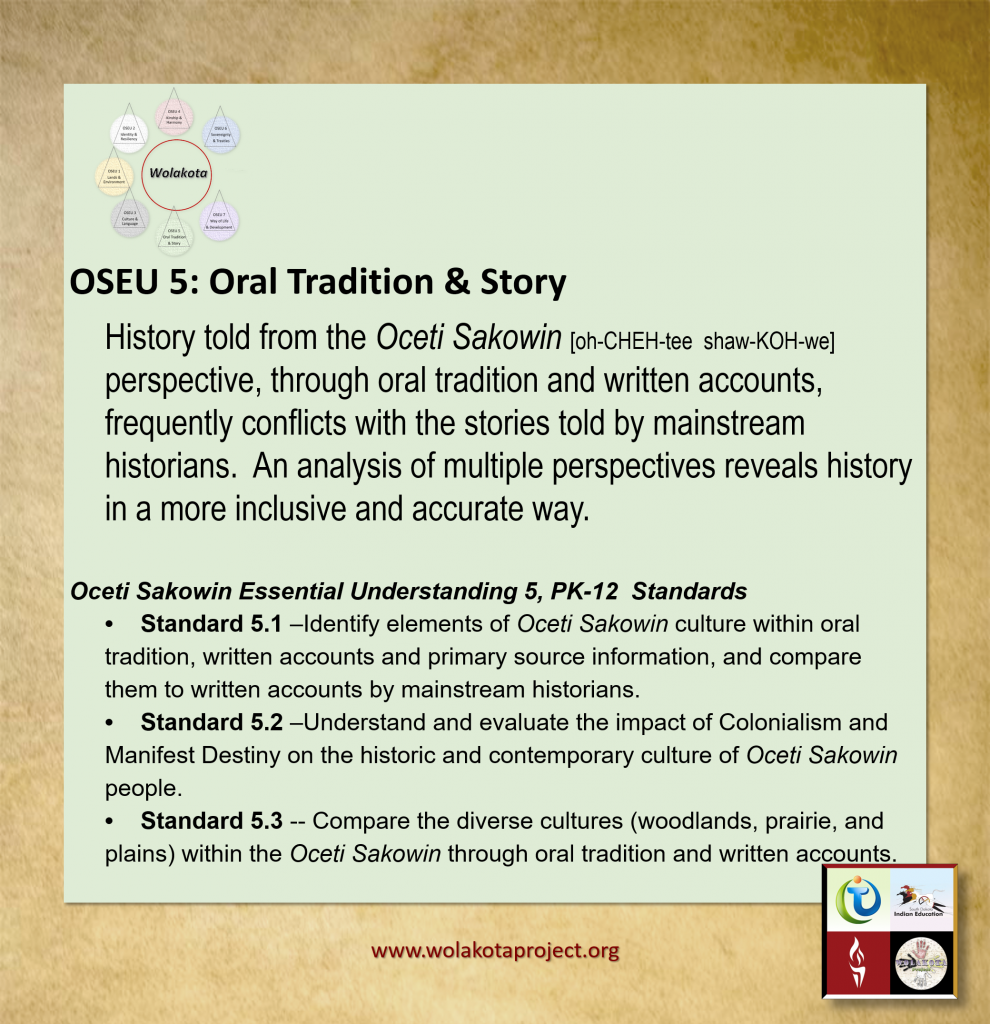
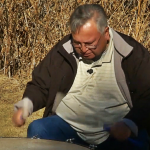
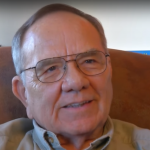 Developing Native Writers with Lowell Amiotte
Developing Native Writers with Lowell Amiotte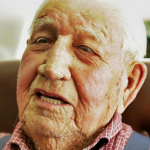
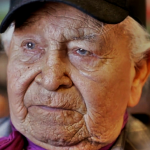
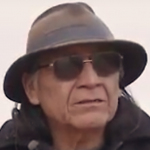
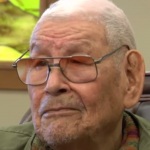
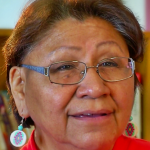

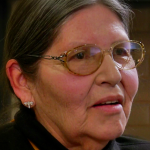
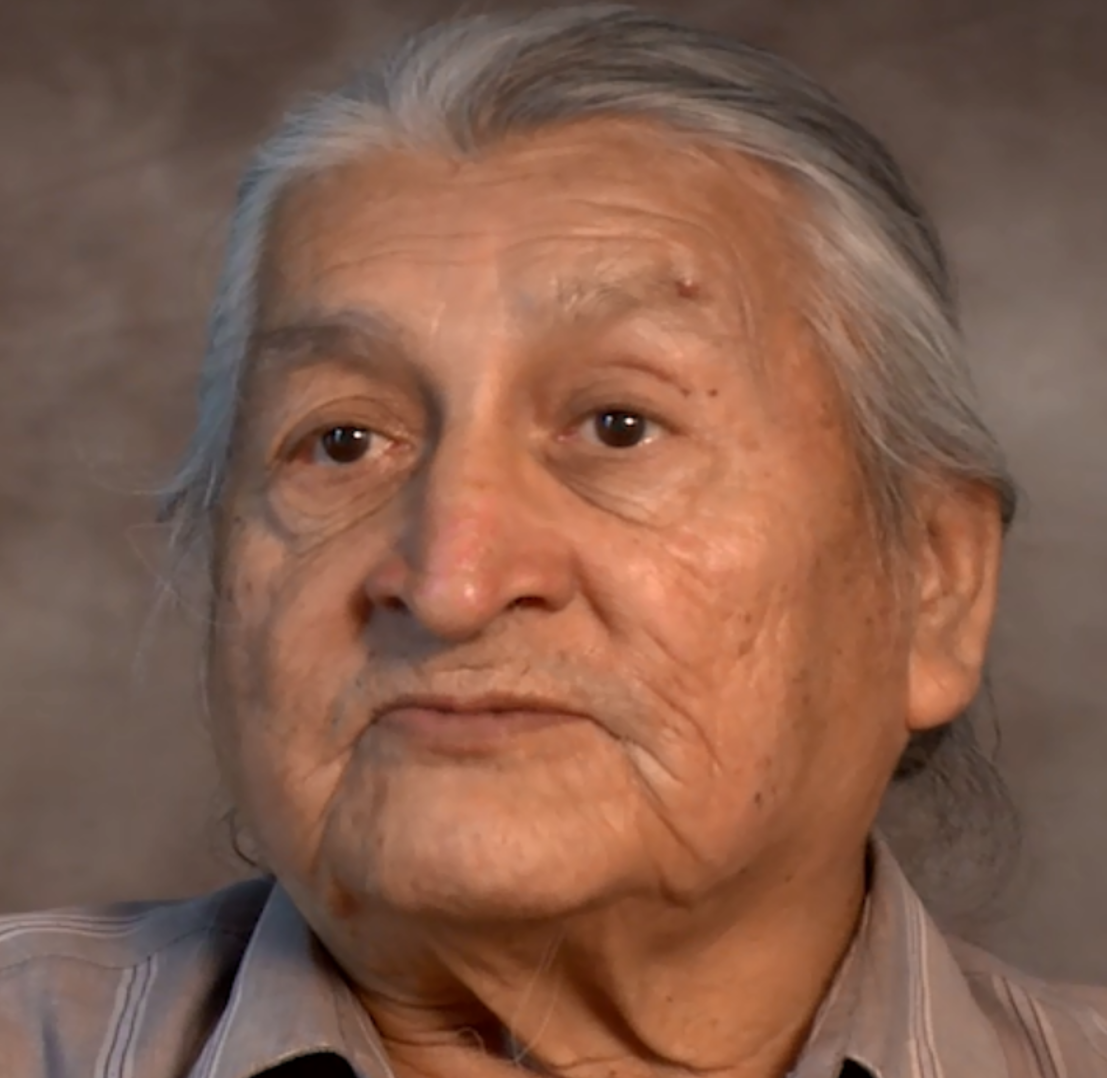
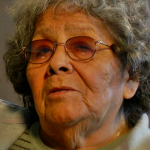
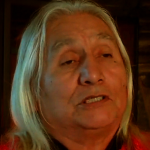
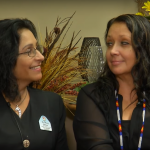
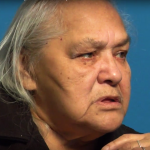
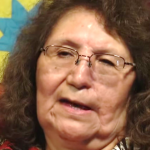
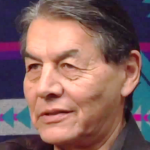
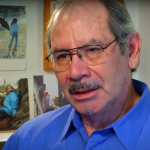
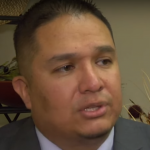 Why Isn't This Taught? with Whitney Rencountre
Why Isn't This Taught? with Whitney Rencountre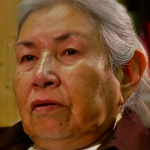 Types of Stories with Faith Spotted Eagle
Types of Stories with Faith Spotted Eagle